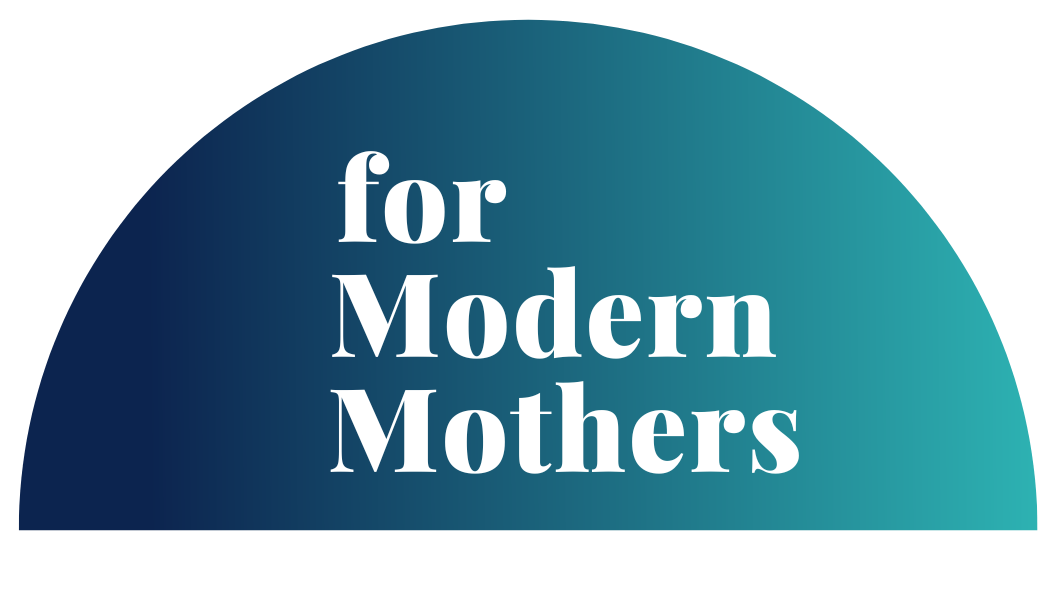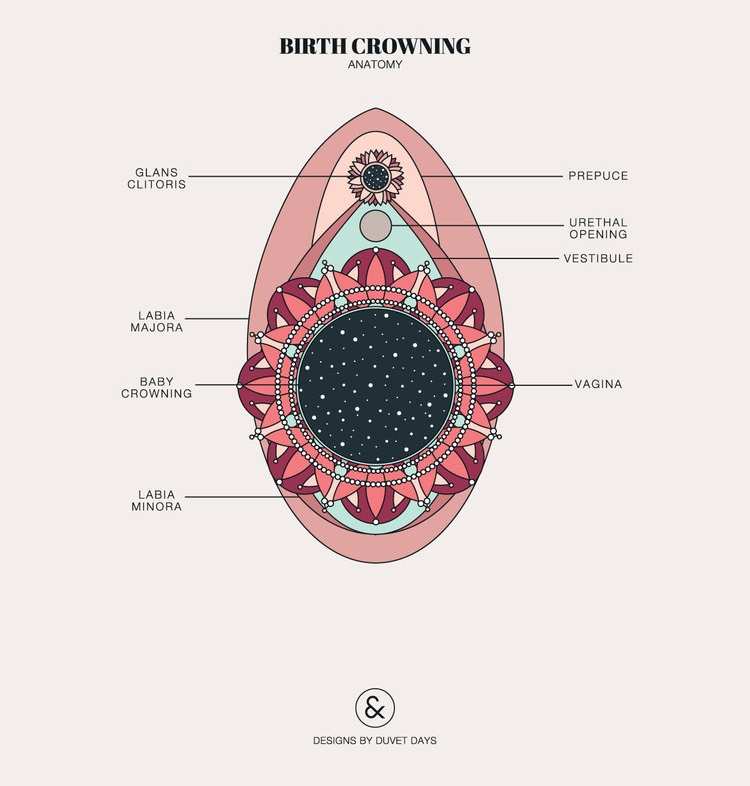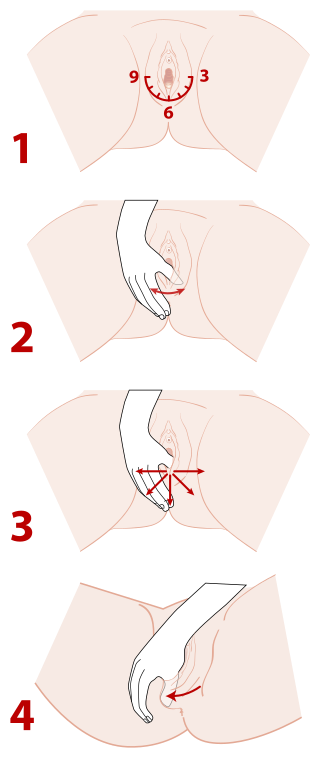Reducing the chance of a tear during birth
I wanted to chat to you today about something that most women (if not ALL women) fear and worry about in pregnancy. And that is tearing in birth. So anything that you can do to reduce the risk of having a tear, is surely good to know yes? And there are things you CAN do in pregnancy and in labour too, to help to minimize this happening. So this post is going to help you know what you can do to help reduce tearing in labour, so you can reduce this fear and feel more calm and confident through your pregnancy and in your labour (are reducing fear about birth is REALLY important for the physiologocal process of labour to happen uninterrupted and a naturally as possible).
I'd also like to say that its actually very uncommon for women to actually feel themselves tearing, due to the intensity and pressure that occurs during this stage of labour. Often women will be told they have a small graze or tear and express surprise as they didn’t feel it happening. And a small graze or tear can often heal on it own, or with a few small stitches done by the midwife. We discuss this more in my Hypnobirthing & Birth Preparation Courses
So here are my top tips for reducing tearing in labour:
1) Understand your body in labour
Firstly you need to really understand how your body works to birth your baby, and what's going on in your body throughout the whole process of labour. How the hormones work, how your muscles work and how the mind can influence this hugely. If you don't understand your body and how it's working in labour to birth your baby then this can make you worried and fearful, and tight and tense - including in the pelvic floor. And you really need to relax and release your pelvic floor in second stage labour, in hypnobirthing we call this the 'down' stage also known as the 'pushing stage' of labour. So you need to have really good antenatal and birth preparation classes and information in pregnancy to really undertsand your body, and your mind and how they can work together in the best possible way. This is important because if you don't understand this, and you tense your body (including your pelvic floor) then the chance of tearing is increased hugely.
2) Working with your body in labour
When you are in the 'down' stage, the second stage if you feel the need to push and to bear down then listen to your body and go with it. You don't need to actively force and push your baby out (this can tense you body - and as explained above we dont want to do this), but working 'with' your body and not 'against' it and being intune with it is really important.
Thats why your learn the 'down' breathing in Hypnobirthing labour, so you are working WITH your body to move baby down, and allowing your breath to help this.
3) Not being afraid.
Many mums are scared about a tear. So if you are fearful and you tense, and are gripping and holding your pelvic floor and resisting then its more likely to tear. So lets release that fear now, in pregnancy, so you can relax and let go once you are in labour. ANY type of fear in labour can inhibit your body working in the best way possible, it effects the hormones of labour (see more about this in my video all about oxytocin and adrenalin).
4) Knowing that your body was designed to birth your baby
It's really common for women to feel that birth is somehow a process that needs help, that we need to go to a hospital to birth in case our body can't do it. Birth had become over the last 50 years far more medicalised, and we You body is absolutely designed to do this. Your perineum is designed to stretch, it has a huge amount of stretch, and it does so beautifully. Feel confident in your amazing body. Its just done the most magical and miraculous thing, its spent 9 months growing a baby, so of course it absolutely knows how to birth your baby too.
5) Perineal massage
Preparing the perineum during pregnancy has been shown to reduce the risk of tearing in mothers having their first vaginal birth. Perineal massage can help a woman to become familiar with her own body and have confidence in its ability to stretch and birth her baby, and also start to physically stretch and loosen this area ready for birth. It's suggested to do this in pregnancy 3 times per week or more from around 32/34 weeks.
Why is Perineal Massage Beneficial?
~ Perineal massage stimulates the flow of blood to the perineum - the skin around the vaginal opening and between the vagina and rectum.
~ It prepares the skin for stretching over your baby’s head during the delivery stage, increasing elasticity and reducing the risk of tearing or needing an episiotomy.
~ It will also help you to become familiar with the sensations (stinging, burning, tingling) that are present during birth and allows you to feel more connected to the process.
~ The use of oil also helps the skin to become more supple.
It can be helpful to do after a bath or shower when the skin is softer.
Avoid if there are vulvic varicosities (haemorrhoids around the vulva), vaginal herpes, thrush.
How to do perineal massage:
~ Wash your hands. Sit or lean back in a comfortable position, or squat, or put one foot up on the toilet. Some women lie on their side and bring their hand round the back.
~ Use an unscented vegetable oil, such as sunflower oil or olive oil on your thumbs or fingers and around the perineum. You can also get special perineal massage oils too.
~ Place one or two thumbs (or fingers if you can't reach) about 1 inch (2-3cms) inside your vagina. Press downwards and to the sides at the same time (3). Gently and firmly keep stretching until you feel a slight burning, tingling or stinging sensation.
~ Hold the pressure steady at that point with your thumbs for about 2 minutes until the area becomes a little numb and you don't feel the tingling as much.
~ Keep pressing with your thumbs. Slowly and gently massage back and forth over the lower half of your vagina (2). Do this for 3-4 minutes.
~ Remember to avoid the urinary opening. You can start with very gentle massage, increasing the pressure as sensitivity is reduced.
~ As you massage, pull gently outwards (forwards) on the lower part of the vagina with your thumb(s) hooked inside (4) This helps stretch the skin as the baby's
head will stretch it during birth. Work in a U shape.
6) Keep the jaw relaxed
Keep the jaw soft and relaxed actually relaxes your pelvic floor. So sighing out, yawning, singing, blubbering the lips and making low sounds (like ahhhh, ooohhhh) can all help your jaw to unclench and release, and your pelvic floor to release too. Get your birth partner to keep reminding you to do this in your labour. As heard recently ‘floppy face, floppy fanny’!!
7) Labour In Water
Immersing yourself in a large warm bath is the ultimate relaxation image. During labour, warm water has a multitude of benefits for relieving discomfort wether a birth pool, bath or shower. A Cochrane Review in 2009 determined there were no differences in tearing between birthing in water than land, yet many midwives and women swear by warm water softening perineal tissues and easing the sensation of the crowning stage.
8) Listen to your midwife.
Follow the midwives lead , to let your baby come really gently. So once the babys head is very much near the crowing stage, then you might be suggested by your midwife to slow back a little with the pushing, and more feel like you are breathing baby down to move baby slowly and gently. Which reduces the chance of a tear. The midwife may have one hand on babys head, and one hand on your perineum to support this which helps prevent tearing.
Once the babys head is out, the midwife might take the hands away. And then do the same thing to support the perinuem when the shoulders come out. Listen to your midwife, she is there to support you.
9) Pelvic Floor Exercises
Common advice to pregnant women is to do pelvic floor exercises to connect in with and to strengthen the muscles in the pelvic floor. This is so important to continue to do after birth, so that the pelvic floor muscles can work effectively and you are less likely to experience stress incontinence (weeing yourself) when you cough, sneeze or jump.
It’s really important when we are pregnant to know where the pelvic floor is, and as well as how to lift and tighten it, and how to relax and release it.
10) Positions for the actual birth
The position you are in when pushing has a big influence on whether you are more likely to tear. Lying down, lithotomy position (lying down with legs held up) or semi-reclining positions puts pressure onto your tailbone and perineum, reduce the size of the pelvic floor and increase the likelihood you will tear.
The best position for birthing your baby is the one you choose instinctively for yourself and you feel most comfortable in. Women who are free to move about during labour will find the position that helps them cope with contractions at each particular stage. Some women like to float free of gravity in water, others like to have their feet firmly planted on the ground. We talk about 'active birth', movement and positions in my For Modern Mothers Hypnobirthing courses and you get a guide booklet to this too.
Midwife Thinking says,”I have noticed that when women are left to birth instinctively they will often move from a squatting position – if they got into one – into a hands-knees position just before the head crowns.”
The least stressful positions for the perineum include:
- On all fours (on hands and knees).
- Leaning forward in a supported standing, kneeling, or sitting position
- Lying on your side.
While squatting and kneeling are useful upright positions, if the woman’s knees are very wide apart the perineum is being stretched sideways and may increase the likelihood of tearing.
11) Breathing Rather Than Pushing Out Baby
During the 'down' stage of labour (pushing stage), the fetal ejection reflex is moving the baby down and out of the uterus, into the vagina and out into the world. These strong pushing surges (contractions) are involuntary and will move the baby out without the mother pushing or bearing down. Women have given birth in their sleep and while in comas! Yes really!
When you feel the urge to push, this is actually your uterus already contracting and pushing the baby down. Most women have an instinctive response to bear down during these contractions. You don’t have to push with your whole body while holding your breath and clenching your jaw in order to birth your baby. This reduces oxygen to you and your baby, and tenses your muscles instead of relaxing them – remember your baby needs to come out not be held in. Breathing down with your contractions allows your baby to descend slowly and with less trauma to your pelvic floor.
That’s why we learn the brilliant 'down' breathing technique in hypnobirthing, which helps you to connect with your body and breathe rather than push baby out.
As your baby’s head pushes onto the pelvic floor, the perineum begins to fan out and stretch. The baby’s head is crowning and many women experience an intense stinging sensation – the ‘ring of fire’. The body is signaling to the brain to stop, slow down and let the perineum and labia stretch to accommodate the baby’s head. Often this stage can be very intense and you may feel as though you just have to bear down and get the baby out right now.
12) A warm compress on the perineum
Warm compresses have been shown to help decrease the incidence of tearing, which is wonderful news because using warm compresses is SO SIMPLE. Take a flannel, submerse it in the very warm water, wring it out and then place it on the perineum to support mum while her baby is crowning.
The warmth increases the blood flow to the area and if counter pressure is used can feel very relieving. Some women find the warm compress very comforting and others prefer their care providers adopt a hands off approach. Its your choice of course.
13) Get huge!
This is probably my favorite one! The amazing and legendary midwife Ina May Gaskin suggests women use this mantra 'I can get huge' in the second stage labour. If you feel and believe that your vagina can soften, release, open and 'get huge' and repeat this to yourself then you can open fully and help your body birth your baby.
"Where the mind goes the body follows" as Katharine Graves the founder of KG Hypnobirthing famously always says.
So although nothing cannot guarantee that we won't have a graze or tear in birth, you CAN do a lot to support yourself as we have seen. Knowing that there are lots of techniques and things you can do in both pregnancy and in labour to reduce the chance of it happening can be hugely beneficial in helping you feel more confident and positive about your labour and birth, and less worried and fearful I hope.
Anything you can do to reduce stress and tension during labour will really help, and people there to support you to find the positions and methods that I have shared with you to help to maximise your chance of avoiding a tear.
I really hope that this blog post has helped with that, as I really love sharing information like this and helping you to have the most positive and confident pregnancy and birth possible that is right for you and your baby. Do check out my other birth and pregnancy blog posts here, and to learn ALL the brilliant hypnobirthing techniques, and to reduce ANY fears about birth and have a calm, confident and positive birth experience do come and join me in person for my For Modern Mothers Hypnobirthing & Birth Preparation course.
I also have a YouTube channel with lots of tips and techniques on too here
Susan xx


